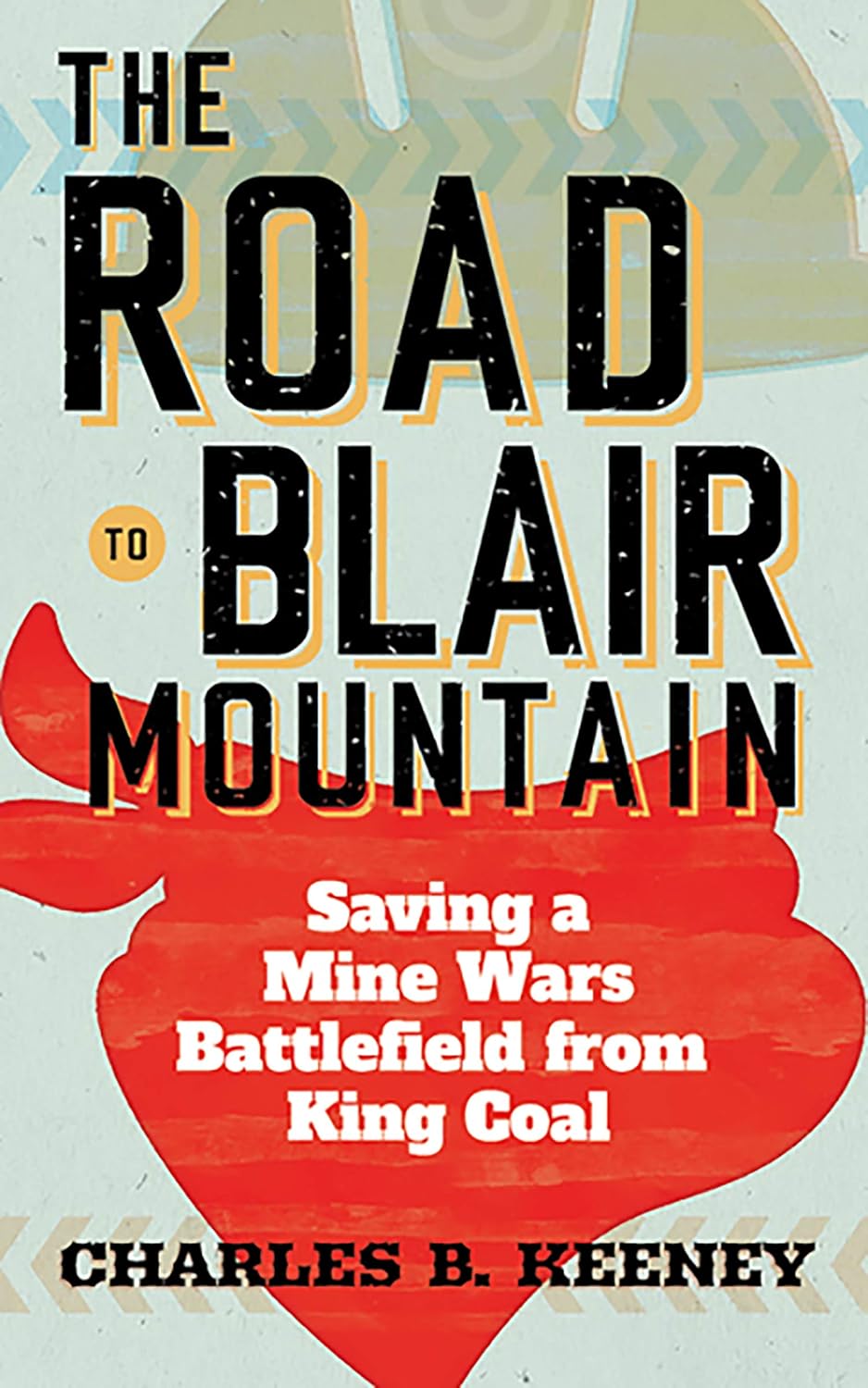Arvand Dilawar
The battle to preserve Blair Mountain faced opposition not only from the coal industry but the military-industrial complex. How did these interests intersect?
Charles Keeney
In 2009, the Blair Mountain battlefield was briefly listed on the National Register of Historic Places. The coal industry wanted to destroy the site with mountaintop removal mining, but state code forbids surface mining on places listed on the National Register.
The industry approached the National Guard with a plan to blast sections of the battlefield and use the blasted rock material to build crisscrossing runways for a drop zone and anti-terrorist training facility. They sold this concept to the state’s adjutant general and then-governor Joe Manchin. The state, in conjunction with the coal industry, then successfully petitioned to delist the battlefield from the National Register, apparently hoping that local patriotic sentiment and the promise of mining jobs would steer public opinion in their favor.
However, Friends of Blair Mountain (FOBM), the nonprofit organization I led, successfully stopped the operation and was able to get the battlefield back on the National Register. In my book, I detail how we accomplished this, as well as the surveillance, threats of violence, and other pressures placed upon myself and the members of our organization during this fight.
AD
Success in preserving Blair Mountain involved aligning environmentalists and miners. Was there one tactic or strategy that you feel was most helpful in unifying those typically conflicting parties?
CK
A decade ago, environmental groups and the United Mine Workers did not get along, to put it mildly. To be labeled an environmentalist in coal country was akin to being called a witch in colonial Salem.
The United Mine Workers were far more comfortable aligning themselves with a historic preservation group. Environmentalist groups, such as the Sierra Club, remained allies because an alliance with FOBM gave them credibility. FOBM managed to be the bridge between the two factions.
I believe our efforts in building a coalition are significant because real progress on climate change cannot be made without the support of industrial workers and the unions that represent them. For example, in 2017, when Trump green-lit the Dakota Access Pipeline, environmental groups balked while Richard Trumka, president of the AFL-CIO, praised the decision. As long as environmentalists and industrial workers remain divided, efforts to build an economy on renewable energy will be stifled, because many workers will not vote for politicians who they believe emphasize the environment over employment.
